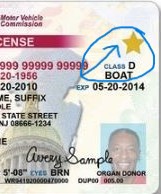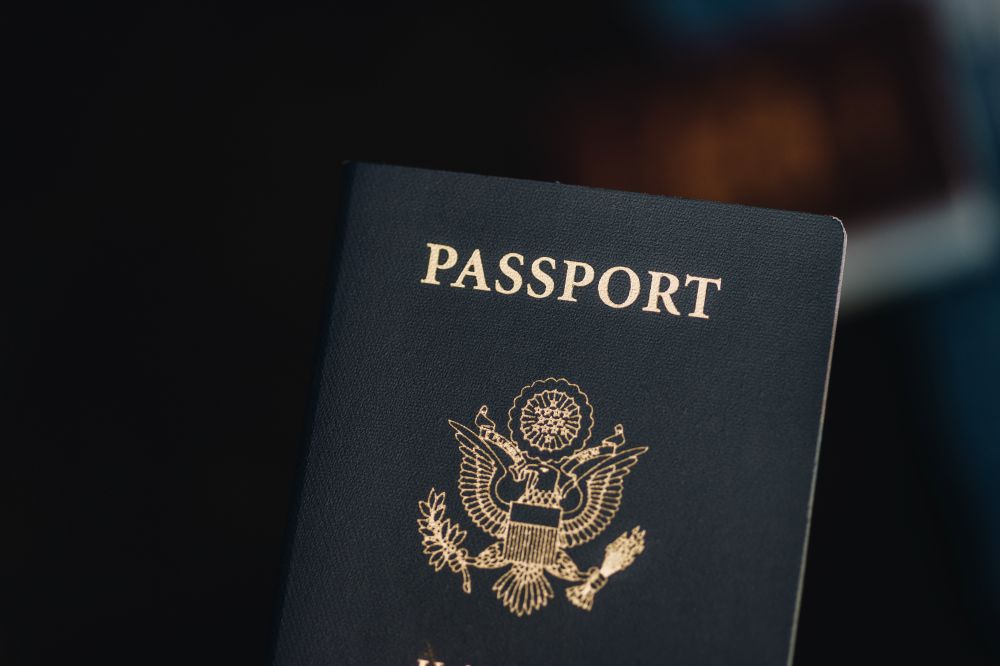If you’ve traveled by air in the United States or plan to soon, you’ve likely heard about Real ID. It’s a topic that has generated a lot of questions and confusion since its introduction, but understanding the basics can help you prepare for this important change in identification requirements.
What Is Real ID?
Real ID is a security standard for state-issued identification cards and driver’s licenses established by the REAL ID Act, passed by Congress in 2005. The act aims to enhance security measures by creating consistent identification standards across all U.S. states and territories. Real ID-compliant cards feature specific security enhancements designed to prevent tampering, counterfeiting, and fraud.
Why Was Real ID Implemented?
The REAL ID Act was introduced in response to recommendations from the 9/11 Commission. It seeks to improve the reliability of identification documents and strengthen national security by making it harder for individuals to obtain fake IDs. By standardizing the process and incorporating advanced security features, Real ID helps protect against identity theft and terrorism.

When Do You Need a Real ID?
Beginning May 7, 2025, every air traveler aged 18 and older will need a Real ID-compliant card or an alternative form of acceptable identification (such as a passport) to board domestic flights or enter federal facilities like military bases and federal courthouses. Without one, you may be denied access.
How Can You Tell If You Have a Real ID?
Real ID-compliant cards are marked with a star in the upper corner. The exact design may vary by state, but the star is the universal indicator. If your ID lacks this mark, it’s not Real ID-compliant.

How Do You Get a Real ID?
To obtain a Real ID, you need to visit your state’s Department of Motor Vehicles (DMV) or equivalent agency. The application process requires the presentation of specific documents to verify your identity, Social Security number, and residency. Typical documents include: A valid passport or birth certificate (proof of identity)
A Social Security card or tax document (proof of Social Security number) Utility bills or lease agreements (proof of residency)
Check with your local DMV for an exact list of acceptable documents and additional requirements.
What If You Don’t Have a Real ID by the Deadline?
If you don’t have a Real ID by May 7, 2025, you can still use other federally accepted forms of identification, such as:
A U.S. passport or passport card
A Department of Defense ID card (for military personnel)
Trusted Traveler cards (like Global Entry)
Are There Exceptions?
Yes. Real ID is not required for activities such as voting, accessing health services, or applying for federal benefits. Additionally, children under the age of 18 do not need a Real ID to fly domestically when traveling with a companion who has an acceptable form of identification.
Final Tips for Preparing
Start Early: Avoid last-minute stress by applying for your Real ID well before the deadline.
Gather Documents: Make sure you have all the necessary paperwork before heading to the DMV.
Check Your State’s Rules: Each state may have slightly different processes, so verify requirements on your DMV’s website.
Real ID is more than just an upgraded driver’s license—it’s a critical step toward improving national security. Understanding the requirements and taking proactive steps will ensure a smooth transition and continued access to domestic air travel and federal facilities.




